As humankind imagines living off-planet — on the moon, Mars and beyond — the question of how to sustain life revolves around the physical necessities of oxygen, food and water. We know there is water on the moon, but how do we find it?
Tag: moon
New lunar distress system could safeguard future astronauts
A team of international scientists has taken a significant step towards making lunar exploration safer, proposing a distress monitoring and rescue system designed for the Moon’s unique and challenging environment.
ND Expert: NASA’s cancellation of VIPER is a frustrating setback for lunar exploration
Last week, NASA announced it canceled its plans to send the Volatiles Investigating Polar Exploration Rover (VIPER) to the Moon’s southern polar region. The rover was meant to search for water and other resources called volatiles, such as hydrogen, ammonia and carbon dioxide, which easily evaporate in warm temperatures.Nicola Fox, associate administrator of NASA’s Science Mission Directorate, reiterated the agency’s commitment “to exploring the Moon for the benefit of humanity” through other missions.
Producing ‘Space Brick’ for Moon Base Using Microwave
Korea Institute of Civil Engineering and Building Technology (KICT), has developed technology for producing construction materials using in-situ resources from the moon.
Wave activity on Saturn’s largest moon, Titan, may be strong enough to erode the coastlines of lakes and seas
MIT, Woods Hole Oceanographic Institution researchers find wave activity on Saturn’s largest moon may be strong enough to erode the coastlines of lakes and seas.
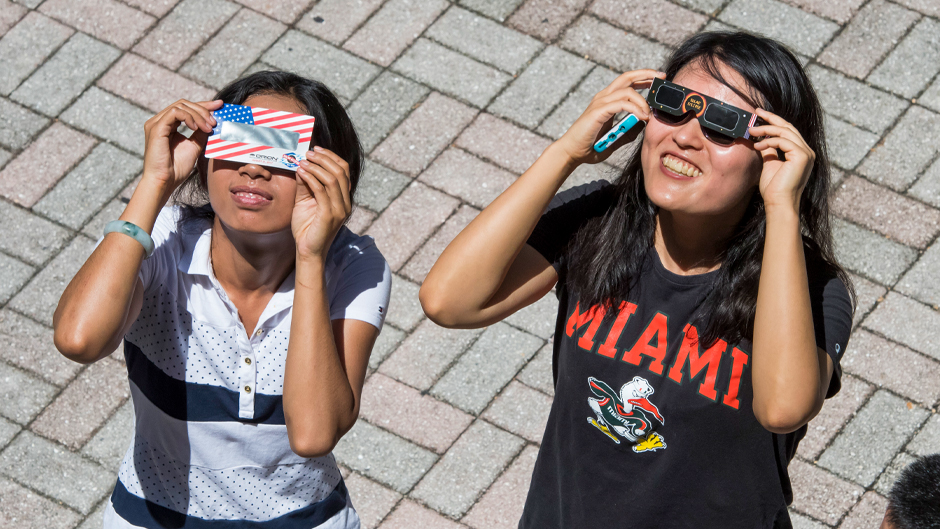
How to safely watch the 2024 solar eclipse
The April 8 solar eclipse—a spectacular show in the sky when the moon will pass in front of the sun—is almost here. University of Miami ophthalmologists explain how to view it safely.
With NASA support, device for future lunar mission being developed at WashU
Scientists at Washington University in St. Louis are developing a prototype for an instrument for a future Moon mission with support from a nearly $3 million grant from NASA.
Missouri S&T spacecraft engineering experts available for comment
Spacecraft engineering experts from Missouri University of Science and Technology are available to discuss the first U.S. spacecraft successfully landing on the moon in over five decades. Dr. Hank Pernicka, Curators’ Distinguished Teaching Professor of aerospace engineering, has been a…
GW Experts Available: First U.S. Spacecraft to Land on the Moon in Decades
WASHINGTON (February 23, 2024) – “The moon’s newest arrival was said to be “alive and well” a day after making the first U.S. landing in half a century, but flight controllers were still trying to get a better handle on its bearings.…
New realistic computer model will help robots collect Moon dust
A new computer model mimics Moon dust so well that it could lead to smoother and safer Lunar robot teleoperations.
New findings suggest Moon may have less water than previously thought
A team including Southwest Research Institute’s Dr. Raluca Rufu recently calculated that most of the Moon’s permanently shadowed regions (PSRs) are at most around 3.4 billion years old and can contain relatively young deposits of water ice.
Large sub-surface granite formation signals ancient volcanic activity on Moon’s dark side
A large formation of granite discovered below the lunar surface likely was formed from the cooling of molten lava that fed a volcano or volcanoes that erupted early in the Moon’s history – as long as 3.5 billion years ago.
UAH wins top prize at two NASA Artemis Student Challenges in same year, marking historic first
The University of Alabama in Huntsville (UAH), a part of The University of Alabama System, has claimed the top prize for two NASA Artemis Student Challenges. The 2023 Human Exploration Rover Challenge and the 2023 Student Launch Challenge, led by NASA Marshall Space Flight Center, marks a historic achievement, as no other university has ever won two NASA Marshall-led Artemis Challenges in the same year.
UAH doctoral candidate designs rotating detonation engine aimed to boost lunar and Mars missions
Michaela Hemming, a doctoral candidate in the Department of Mechanical and Aerospace Engineering at The University of Alabama in Huntsville (UAH), is using a NASA Space Technology Graduate Research Opportunities (NSTGRO) fellowship to make advances in propulsion under the guidance of NASA engineers.Hemming has designed a small-scale rotating detonation engine (RDE) manufactured by NASA as part of a joint research effort.
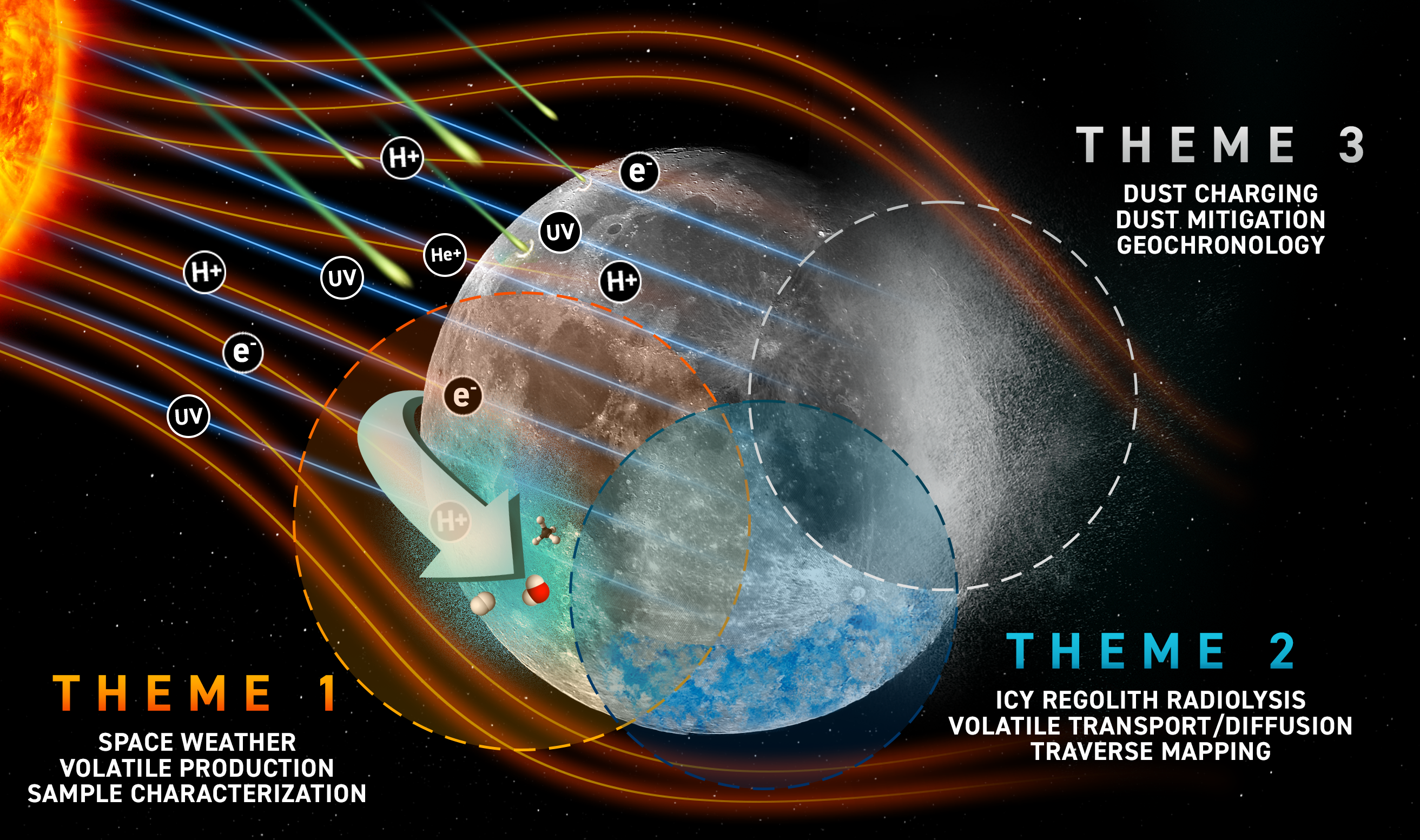
Georgia Tech to Lead NASA Center on Lunar Research and Exploration
Georgia Tech researchers have been selected by NASA to lead a $7.5 million center that will study the lunar environment, and explore the generation and properties of volatiles and dust.
WashU Expert: Artemis launch brings us closer to space exploration goals
Bradley L. Jolliff, the Scott Rudolph Professor of Earth and Planetary Sciences in Arts & Sciences at Washington University in St. Louis and director of the McDonnell Center for the Space Sciences, is available to describe the science and space exploration…
WashU Expert: Artemis launch brings us closer to space exploration goals
On Monday, Aug. 29, NASA plans to launch its Orion spacecraft from the world’s most powerful rocket for a trip around the moon. This launch of the uncrewed Artemis 1 mission is a step toward the goal of landing people…
Explanation for formation of abundant features on Europa bodes well for search for extraterrestrial life
Europa is a prime candidate for life in our solar system, and its deep saltwater ocean has captivated scientists for decades. But it’s enclosed by an icy shell that could be miles to tens of miles thick, making sampling it a daunting prospect. Now, increasing evidence reveals the ice shell may be less of a barrier and more of a dynamic system – and site of potential habitability in its own right.
Moon’s Tycho Crater Revealed in Intricate Detail
The National Science Foundation’s Green Bank Observatory and National Radio Astronomy Observatory, and Raytheon Intelligence & Space have released new high-resolution images of the Moon, the highest-ever taken from the ground, using new radar technology on the Green Bank Telescope (GBT).
Titan-in-a-glass experiments hint at mineral makeup of Saturn moon
Titan, Saturn’s largest moon, has a dense atmosphere and weather cycles like Earth. Now, researchers have recreated the moon’s conditions in small glass cylinders, revealing properties of two molecules believed to exist as minerals on Titan. They will present their results at ACS Fall 2021.
Saint Louis University Student Searches for Possible Origins of Life on Saturn’s Largest Moon
Chemistry grad student Steven Skaggs was recently selected for funding by the Future Investigators in NASA Earth and Space Science and Technology (FINESST) program.
Washington University to develop lunar resource utilization technology for NASA
Power and in-situ resources are two things humans will need as they explore deep space. How future astronauts use these commodities depends on the technology at hand. That’s why NASA is looking to U.S. universities — including Washington University in St. Louis — for lunar-focused research to bring about advancements in in-situ resource utilization and sustainable power solutions.
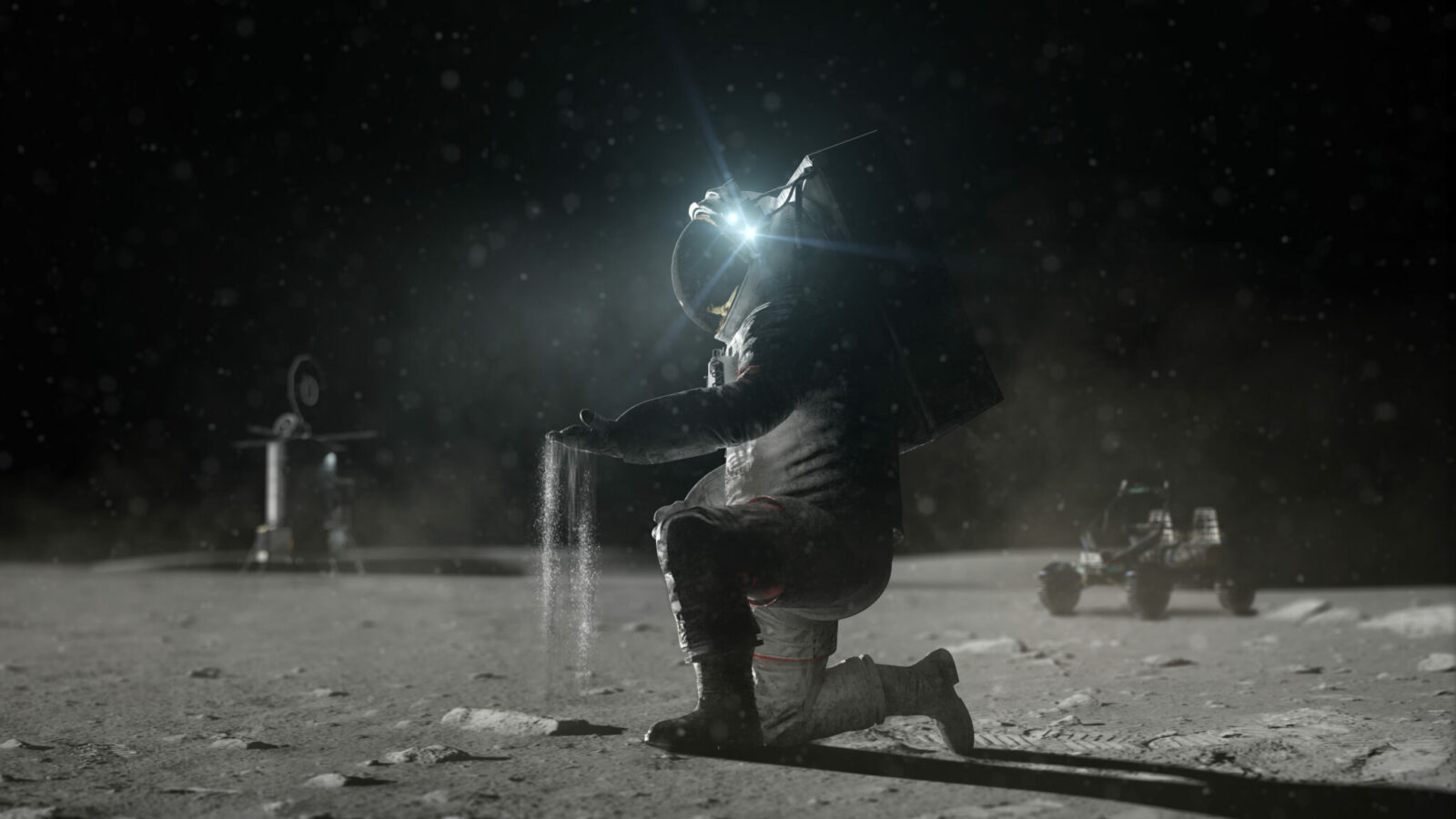
Missouri S&T among winners in NASA’s BIG Idea Challenge
The success of NASA’s future plans to explore and inhabit the moon may depend in part on research by university students, including a team of seven from Missouri University of Science and Technology who have won a grant from the space agency to develop a way to remove lunar dust from power-producing solar cells.The Missouri S&T team is one of seven university-affiliated groups to be selected for funding through NASA’s Breakthrough, Innovative and Game-changing (BIG) Idea Challenge.
Successful Test Paves Way for New Planetary Radar
Collaboration between the National Radio Astronomy Observatory, the Green Bank Observatory, and Raytheon Intelligence & Space turns the Green Bank Telescope and the Very Long Baseline Array into a radar system for studying the Solar System.
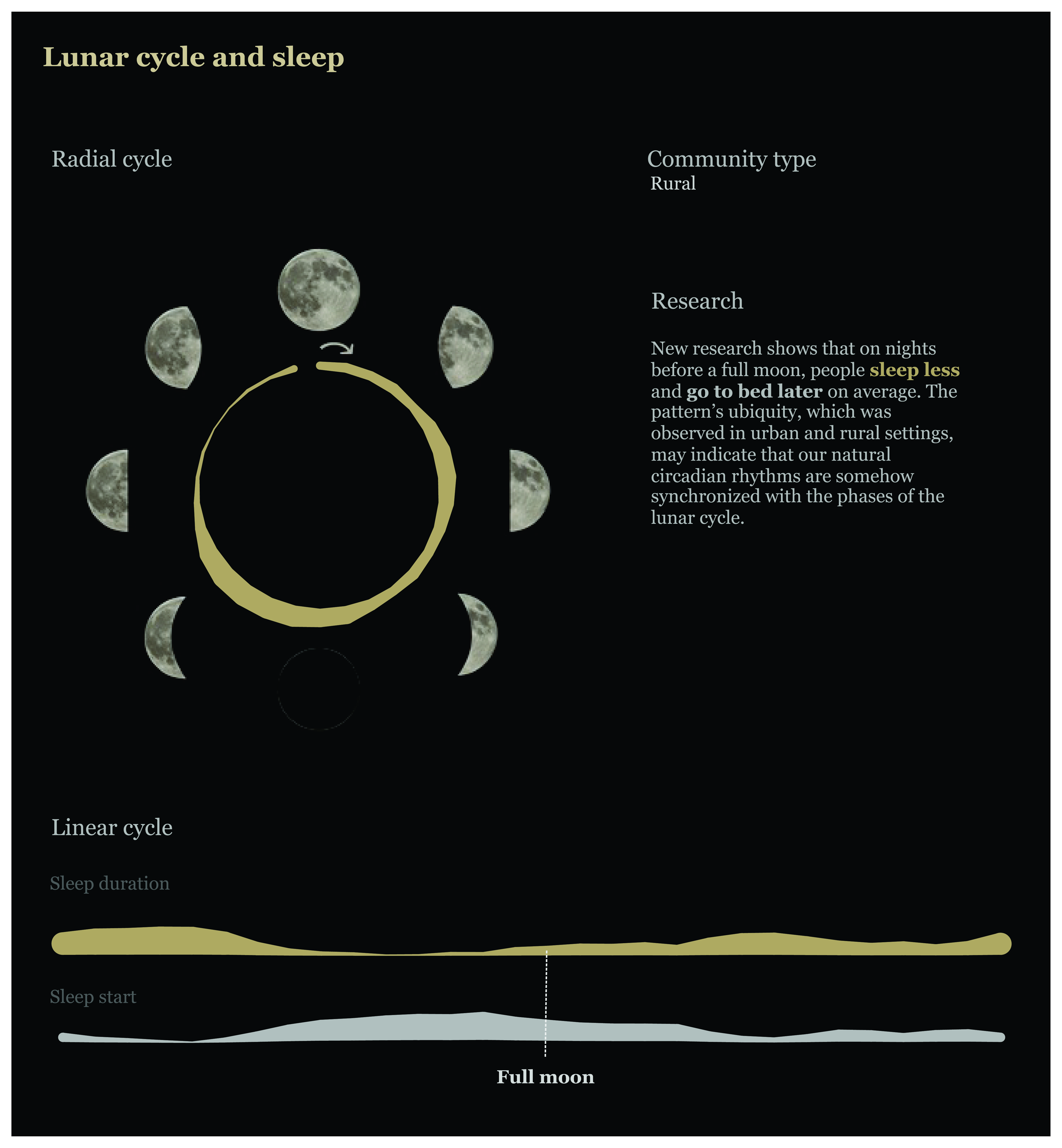
On nights before a full moon, people go to bed later and sleep less, study shows
Sleep cycles in people oscillate during the 29.5-day lunar cycle: In the days leading up to a full moon, people go to sleep later in the evening and sleep for shorter periods of time. Scientists observed these oscillations in urban and rural settings — regardless of an individual’s access to electricity.
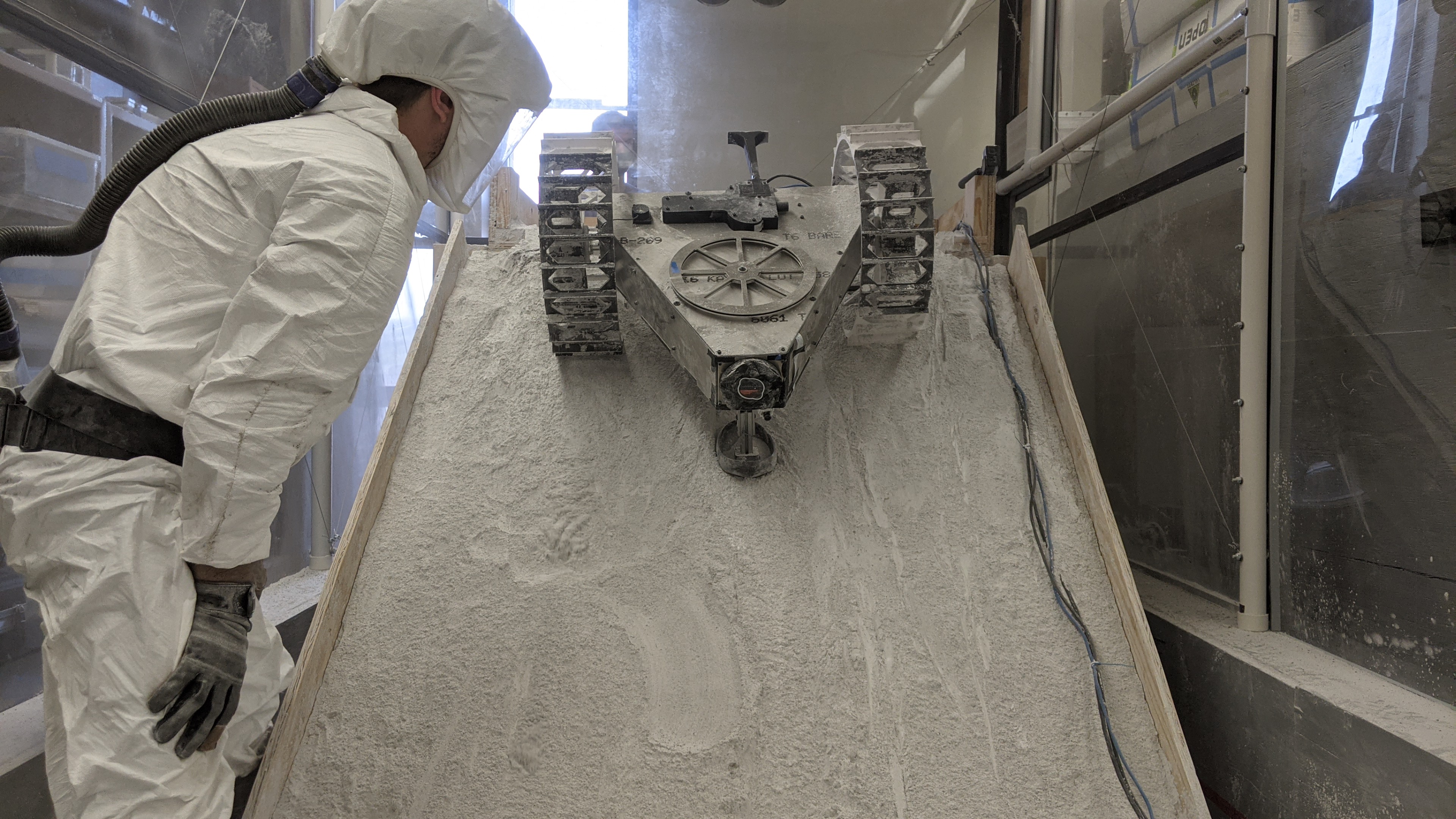
MTU students win NASA’s BIG Idea Challenge
MTU students took home top honors — the Artemis Award — in NASA’s Breakthrough, Innovative and Game-changing (BIG) Idea Challenge. Eight university teams competed in the BIG Idea Challenge for 2020, called the Lunar PSR Challenge. The goal? Demonstrating different technologies and designs to study and explore the moon’s permanently shadowed regions (PSRs), which NASA officials note are a formidable challenge for space exploration.
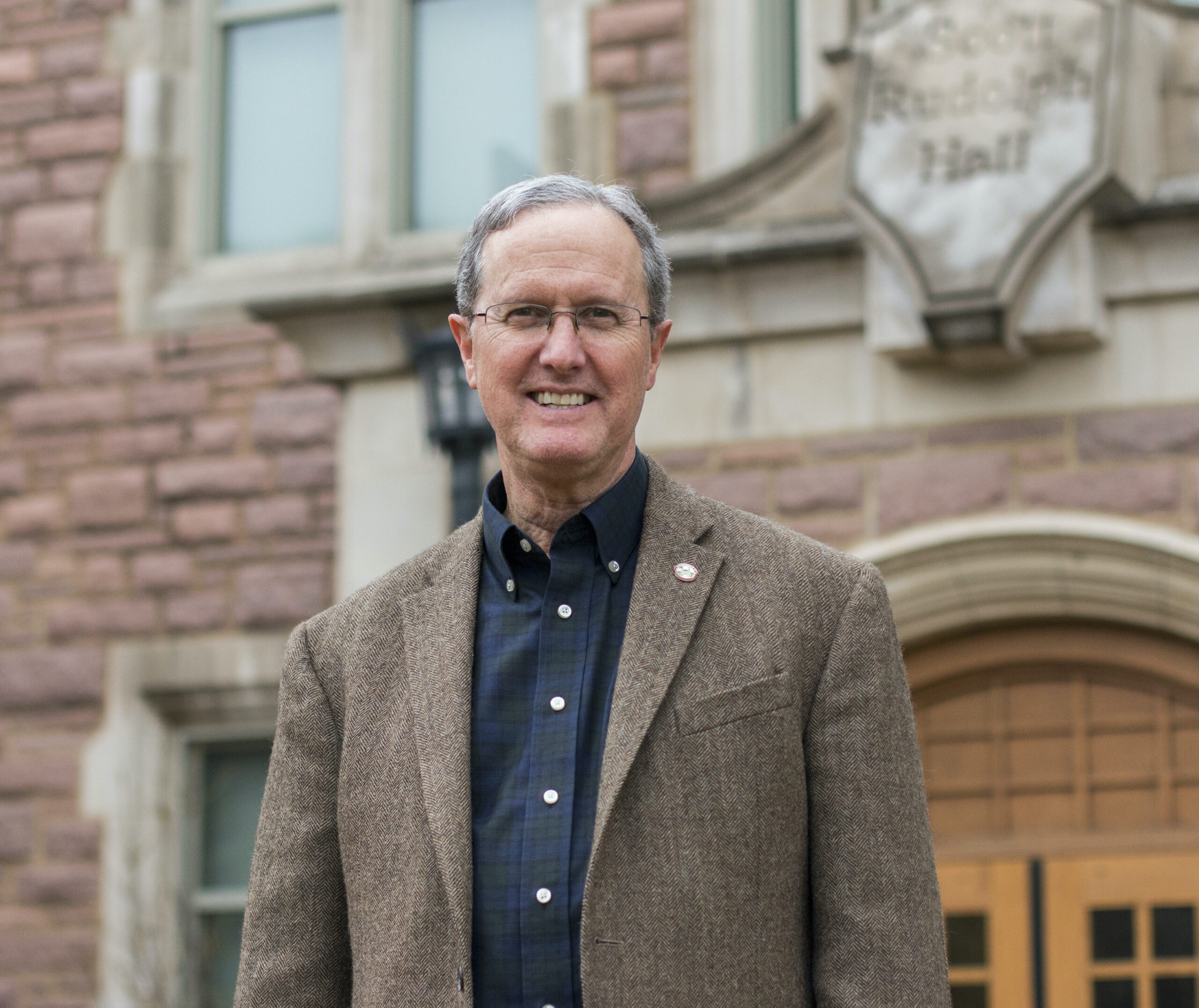
WashU Expert: China probe returns with ‘treasure trove’ of moon rocks
The Chinese space agency announced Dec. 16 the return of a lunar probe bringing back the first fresh samples of rock and debris from the moon in more than 40 years. Bradley L. Jolliff, the Scott Rudolph Professor of Earth…
Rutgers Expert Available to Discuss Habitats, Living on Moon’s Surface
New Brunswick, N.J. (Oct. 27, 2020) – Rutgers University–New Brunswick Professor Haym Benaroya is available for interviews on placing habitats for long-term living on the moon’s surface in light of new evidence of water on Earth’s satellite. Benaroya, a Distinguished Professor in the…
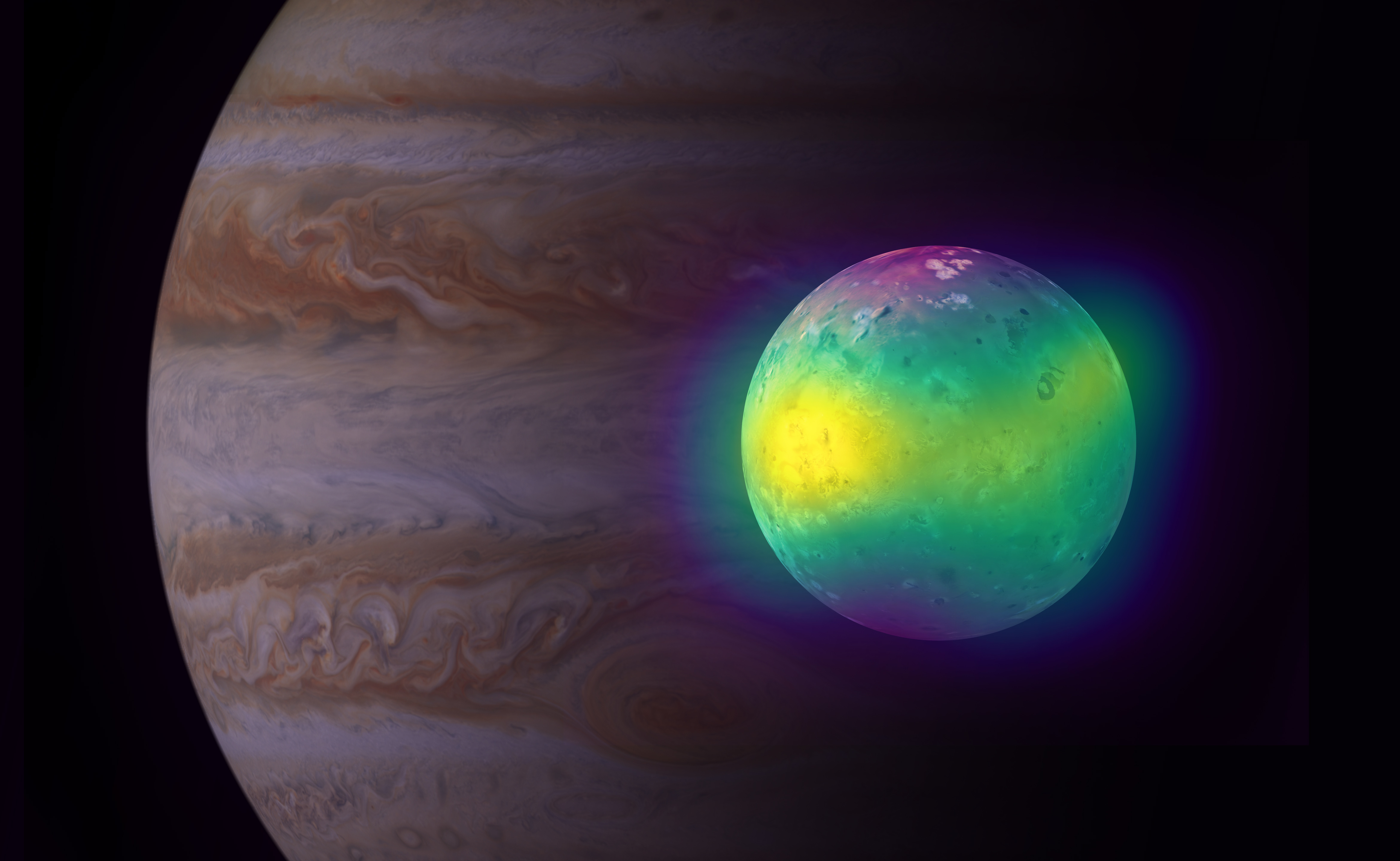
ALMA Shows Volcanic Impact on Io’s Atmosphere
New radio images from the Atacama Large Millimeter/submillimeter Array (ALMA) show for the first time the direct effect of volcanic activity on the atmosphere of Jupiter’s moon Io.
Blue Origin test launch marks step towards ‘sustainable space economy’
Aerospace company Blue Origin is expected to hold an uncrewed test flight of its reusable New Shepard spacecraft on Thursday. New Shepherd — designed to one day transport people and payloads to space and back — last launched in a…
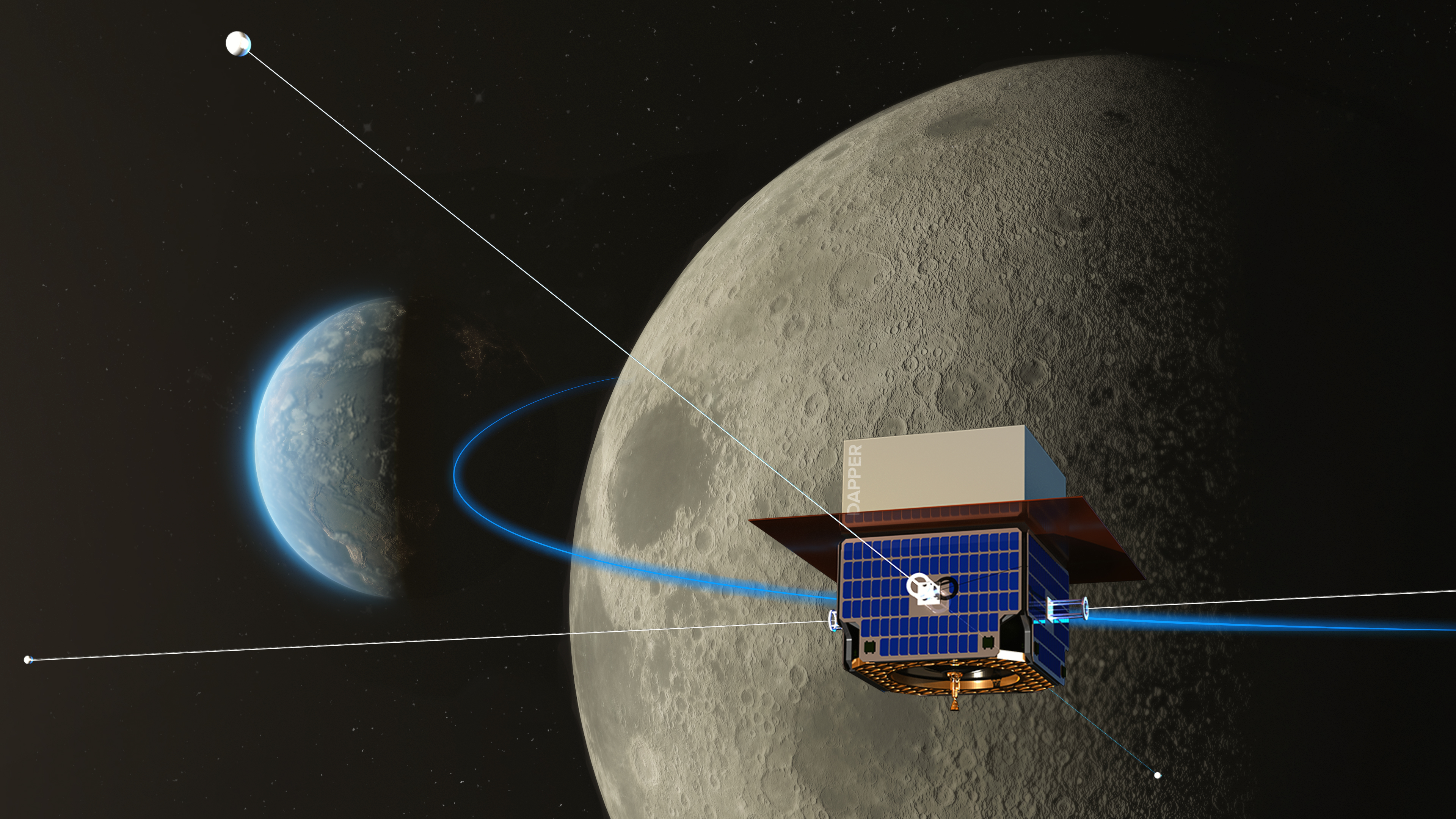
NRAO Joins Space Mission to the Far Side of the Moon to Explore the Early Universe
The NRAO has joined a new NASA space mission to the far side of the Moon to investigate when the first stars began to form in the early universe.
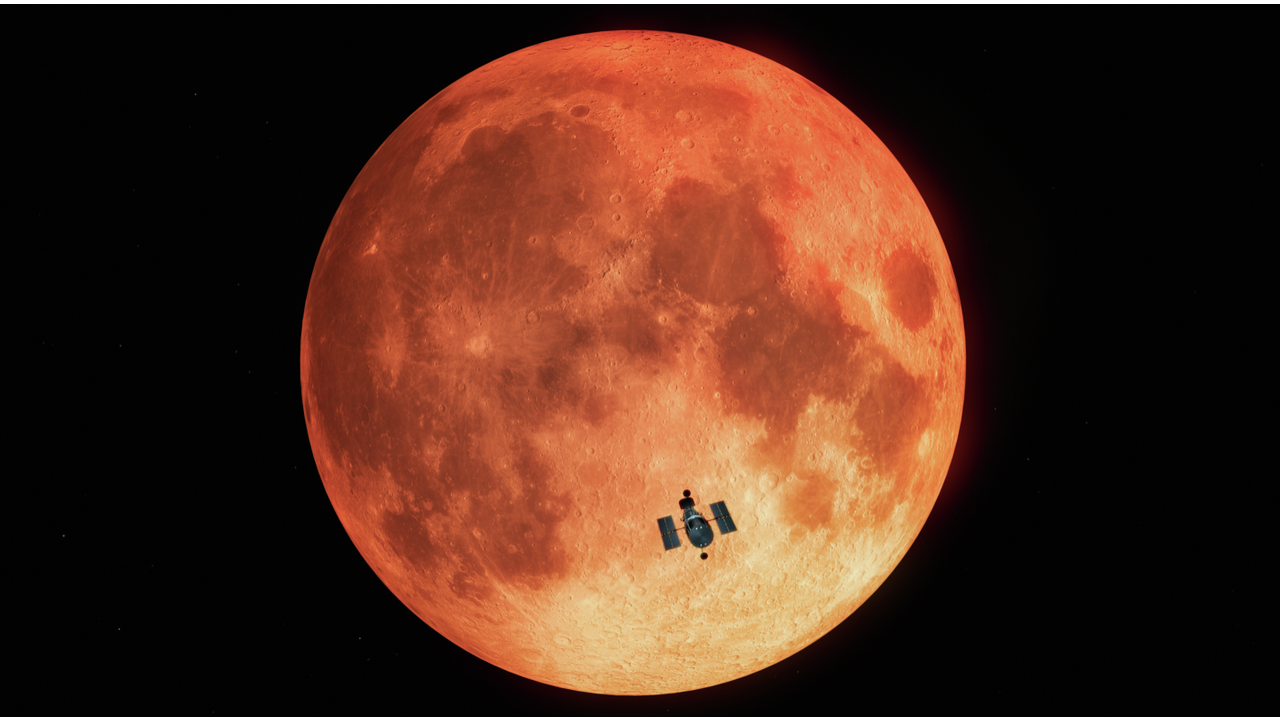
Hubble Uses Earth as a Proxy for Identifying Oxygen on Potentially Habitable Planets Around Other Stars
Astronomers used Hubble during a total lunar eclipse to detect ozone in our planet’s atmosphere by looking at Earthlight reflected off the Moon in ultraviolet wavelengths. This method serves as a proxy for how astronomers will observe Earth-like exoplanets in search of life.

ASGC cube satellite would explore using lunar soil as human radiation shield
Science aboard an Alabama Space Grant Consortium (ASGC) student-led cube satellite mission called AEGIS could be valuable to developing future human outposts on the moon and in space travel to Mars if NASA gives the go-ahead for a 2022 flight.
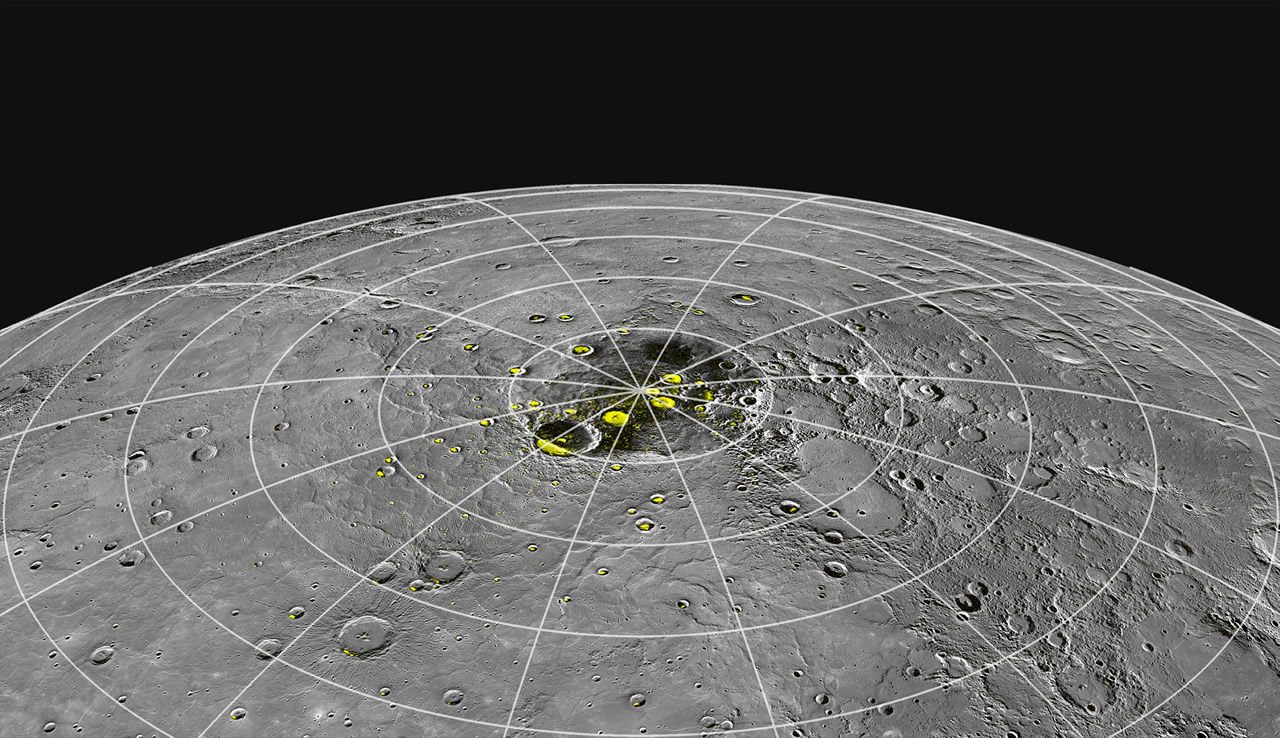
Mercury’s 400 C Heat May Help It Make Its Own Ice
Despite Mercury’s 400 C daytime heat, there is ice at its caps, and now a study shows how that Vulcan scorch probably helps the planet closest to the sun make some of that ice.
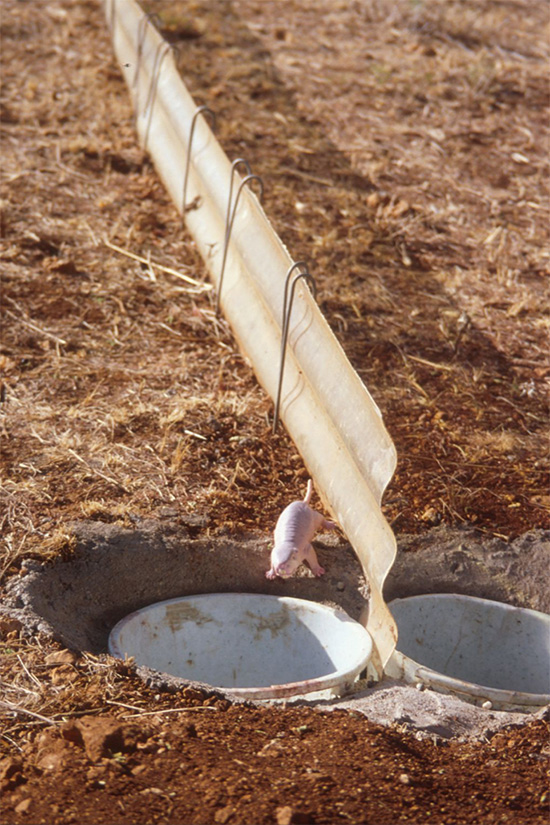
Naked mole rats migrate above ground with no help from the moon
A new study published in the African Journal of Ecology considers the role of the moon in driving a particularly rare occurrence: the solo journey of a naked mole rat from one underground colony to start a new one.
MTU Crew Goes BIG for NASA’s Lunar Projects
NASA’s BIG Idea Challenge funds eight university teams to work on lunar payloads and study the Moon’s darkest reaches. A student team at Michigan Technological University takes their rover technology to the “dark side”. Not for evil — the polar craters…

Rutgers Expert Available to Discuss Moon Rock, Soil Sample
New Brunswick, N.J. (Nov. 11, 2019) – Rutgers University–New Brunswick scholar Juliane Gross is available to discuss the untouched lunar rock and soil sample collected during the Apollo 17 mission and opened last week in Houston. Gross was one of three…
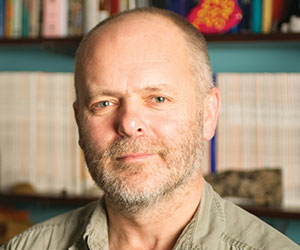
Notre Dame expert Clive Neal available to discuss returning to the moon
Clive Neal, professor of civil and environmental engineering at earth sciences at the University of Notre Dame, is an expert in the petrology, geochemistry, and geology of the moon, and Emeritus Chair of NASA’s Lunar Exploration Analysis Group (LEAG). Neal…